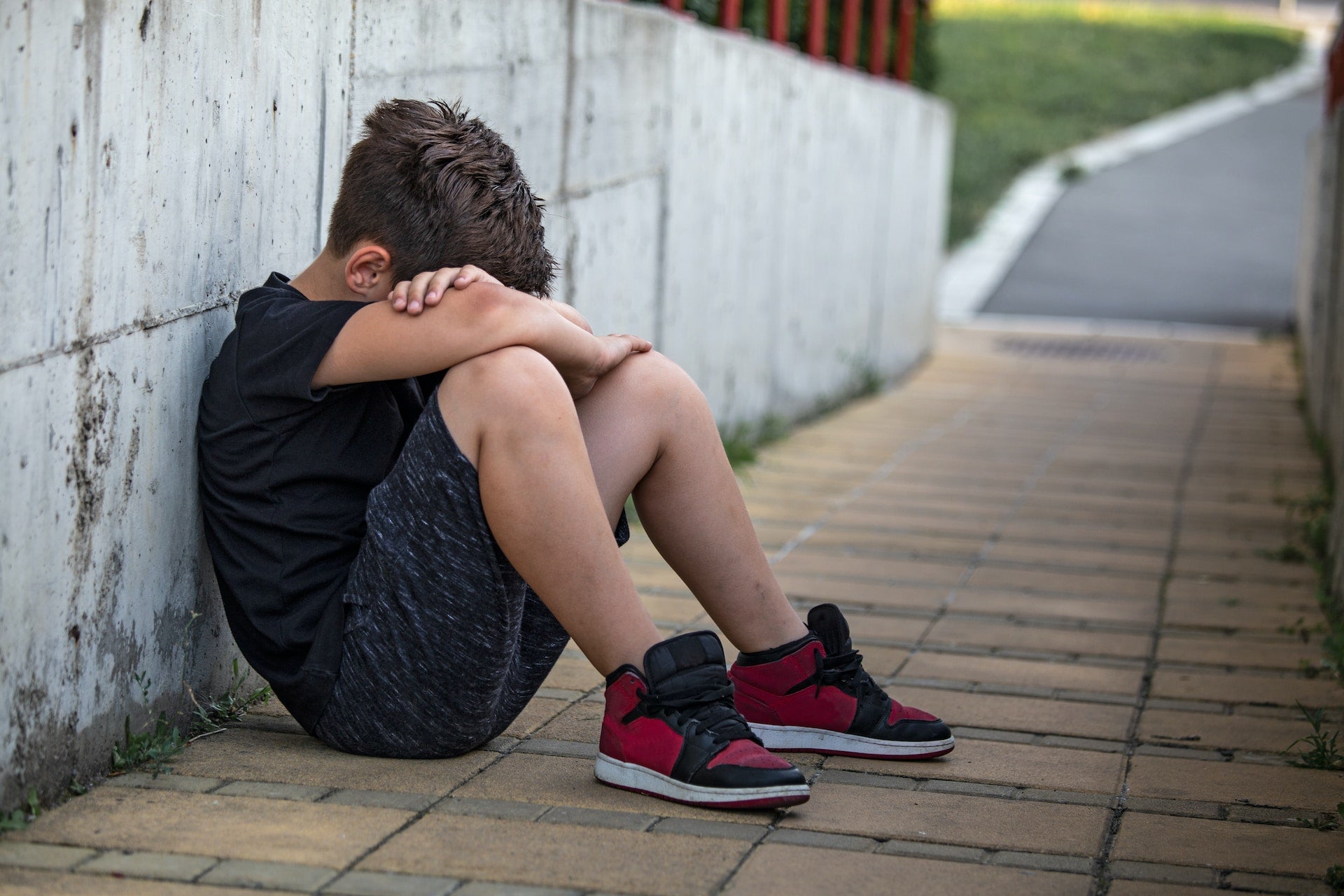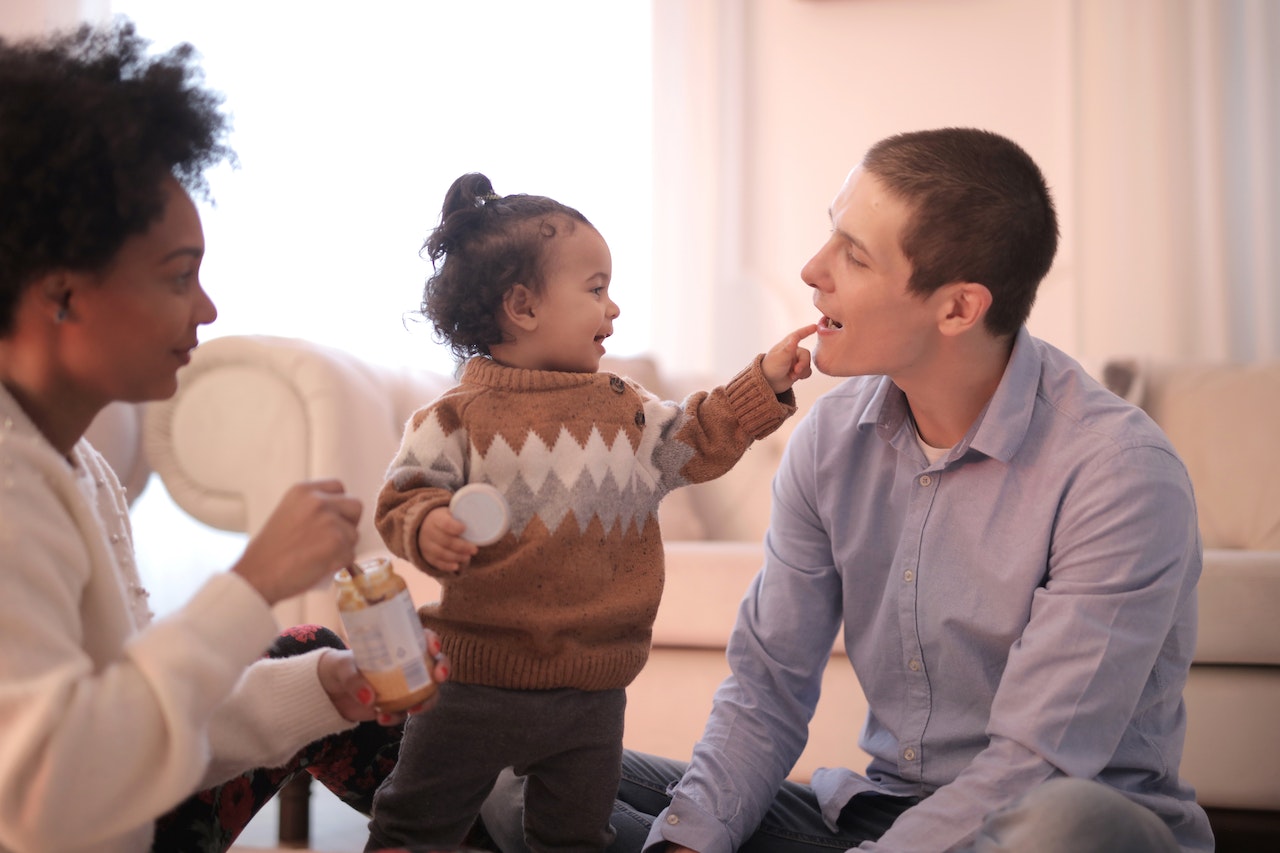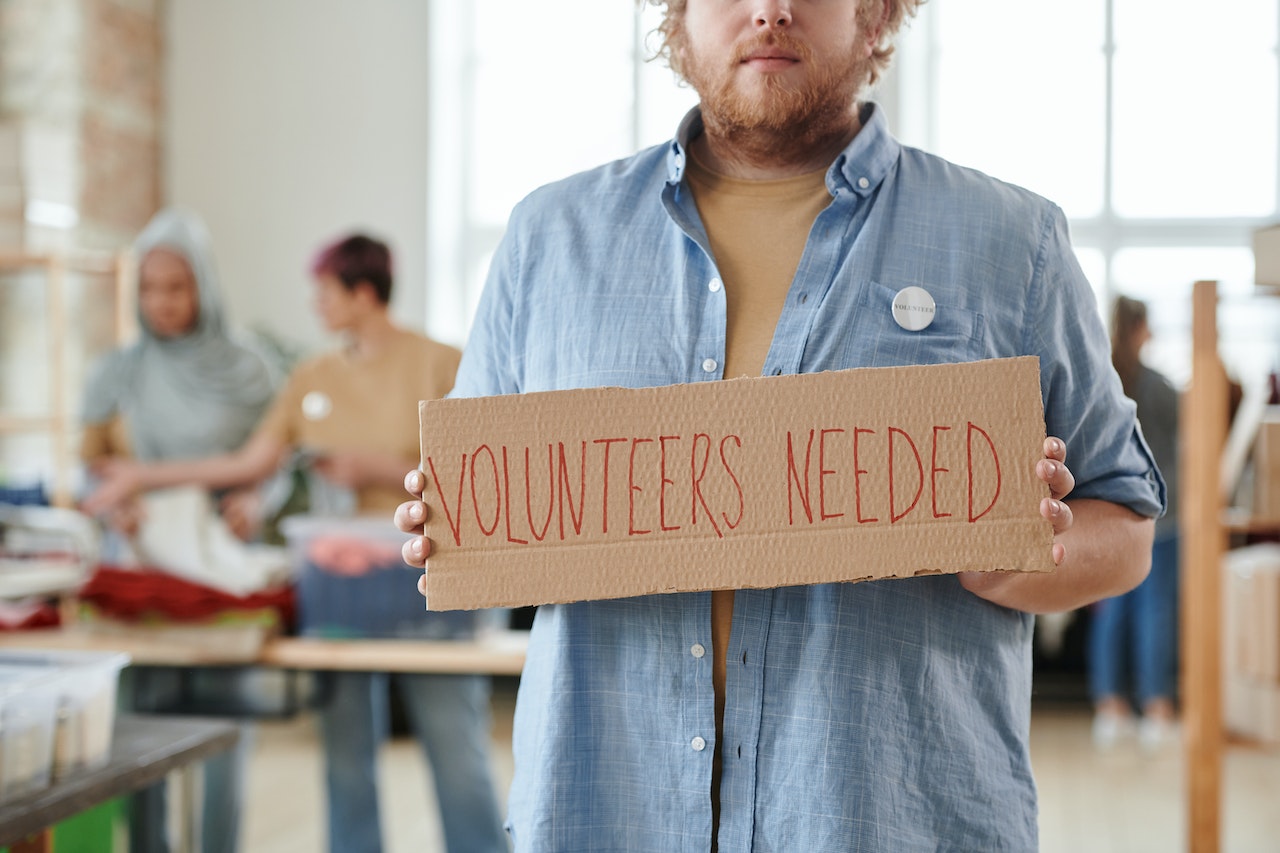While the U.S. may be one of the wealthiest countries, it’s consistently ranked as one of the most problematic in terms of child poverty rates. Numbers have fluctuated over the past few decades, but the rates still remain notably and alarmingly high.
In America, almost 11 million children are living at the poverty level. More than 4 out of 10 children live in a household that struggles to access basic necessities, while anywhere between 7 million and 11 million children don’t get enough to eat because of food costs.
For the heads of these low-income households, an inability to provide for their families — be it, food or basic personal care items — can create significant emotional distress. In many cases, children can become the targets of this distress through maltreatment.
Poverty Has Long Been Associated with Child Maltreatment
According to the American Academy of Pediatrics (AAP), 1 in 4 children will experience abuse or neglect at some point in their lifetime. Research shows greater income inequality and higher child poverty rates have a significant and direct impact on child maltreatment rates.
The relationship between poverty and child abuse is deeply rooted in the stress that economic concerns create for parents and caregivers. Rather than coping with the stress in a healthy manner, parents and caregivers can displace their emotions onto children who can then become a target of violence or neglect.
A recent study from the AAP offers insights into the interconnectedness of poverty and child maltreatment cases. In the weeks after families received financial relief in the form of federal child and earned income tax credits, the number of reported child maltreatment cases significantly decreased. And the more credits families received, the fewer cases that were reported.
While the intent of these tax credits was not to minimize child maltreatment, they show just what a profound impact financial stressors can have on the well-being of children within their own home.
Different Ways Child Maltreatment Can Take Shape
Physical Abuse
Child abuse is most often thought of in the sense of physical abuse. Intentional use of force, from hitting to shaking, by parents and caregivers can cause children to develop bruises, broken bones, and other serious injuries.
For individuals living at the poverty level, the socioeconomic stress of the situation can translate into more violent behavior towards others in the household.
Unemployment, for instance, doubles the risk of physical child abuse and triples the severity of injuries. When you consider that 70% of low-income parents don’t have a high school degree and are limited in their job opportunities — with many only able to find part-time employment, if that — it’s easy to see how financial stress festers in low-income households and the likelihood of physical child abuse rises.
Neglect
Neglect is a form of child abuse where a parent or caregiver fails to provide a child with basic needs. This can relate to physical neglect such as a lack of food or shelter, alongside other insufficiency in delivering medical care, educational resources, or psychological care.
The weight of financial strains on impoverished families is a definitive risk factor for child neglect. But the relationship between poverty and neglect is not black and white. Due to their inaccessibility to resources — including basic household essentials — low-income parents and caregivers often lack what they need to properly care for their children.
This struggle to meet basic child care needs lends itself to cases where poverty is mistaken for neglect.
To highlight this disparity, public health studies have indicated that medical providers are more likely to report children experiencing poverty for suspected abuse or neglect.
Emotional Abuse
Emotional abuse refers to behaviors of a parent or caregiver that can undermine a child’s self-worth and harm their well-being. This type of abuse can take shape through name calling and threatening children, to name a few examples.
Households with parents and caregivers that have low incomes and high levels of economic stress are at greater risk of emotional child abuse. While this type of abuse can negatively impact children’s mental and physical health in the present state, it can also leave behind invisible scars that deeply affect their future.
Drawing on 20 years of data, one study found a direct link between emotional child abuse and failure in school, unemployment, anxiety, depression, and substance abuse.
Taking Small Steps to Facilitate Better Outcomes
The issue of child abuse stretches far beyond the conversation of poverty. But when we can find ways to provide more households with basic necessities, we can combat some stresses of this economic state that are linked to a higher likelihood of abuse at home.
By raising funds and partnering with local food banks, Provision Promise strives to give low-income families better access to toothpaste, deodorant, soap, shampoo, and other household essentials that are not covered by food stamps or SNAP.
It’s our hope that these small measures can create brighter futures for low-income adults and children.









Leave a comment